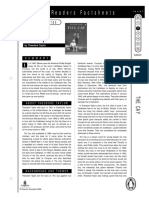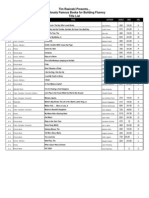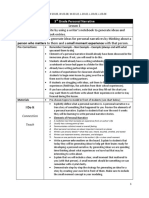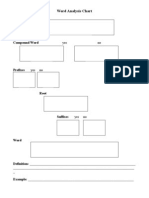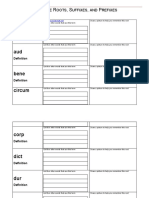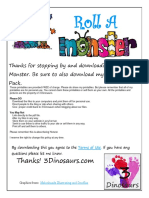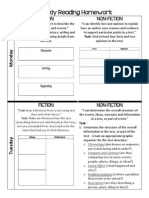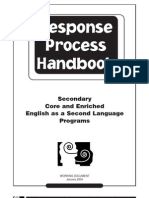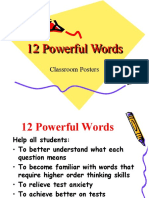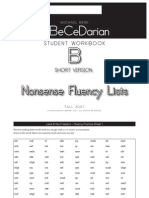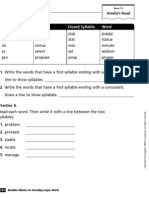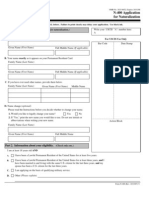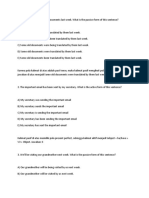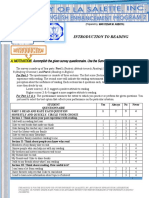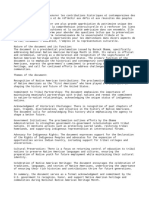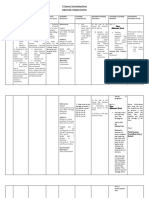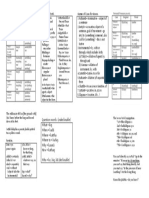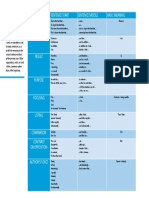100% found this document useful (3 votes)
3K views4 pagesSyllabication
The document discusses syllabication activities that teachers can use to help students improve their awareness of syllable divisions in multisyllabic words. It provides 5 specific activities: 1) Separated-Syllables Read, 2) Related-Syllables Read, 3) Multisyllabic Words Manipulation, 4) Syllable Scoop, and 5) Speed Drills. The activities involve writing words syllable-by-syllable, grouping related syllables, rearranging word syllables, identifying syllable types, and timed syllable/word reading drills. The goal is for students to understand common syllable spelling patterns to improve reading multisyllabic words.
Uploaded by
api-3820232Copyright
© Attribution Non-Commercial (BY-NC)
We take content rights seriously. If you suspect this is your content, claim it here.
Available Formats
Download as PDF, TXT or read online on Scribd
100% found this document useful (3 votes)
3K views4 pagesSyllabication
The document discusses syllabication activities that teachers can use to help students improve their awareness of syllable divisions in multisyllabic words. It provides 5 specific activities: 1) Separated-Syllables Read, 2) Related-Syllables Read, 3) Multisyllabic Words Manipulation, 4) Syllable Scoop, and 5) Speed Drills. The activities involve writing words syllable-by-syllable, grouping related syllables, rearranging word syllables, identifying syllable types, and timed syllable/word reading drills. The goal is for students to understand common syllable spelling patterns to improve reading multisyllabic words.
Uploaded by
api-3820232Copyright
© Attribution Non-Commercial (BY-NC)
We take content rights seriously. If you suspect this is your content, claim it here.
Available Formats
Download as PDF, TXT or read online on Scribd
/ 4
